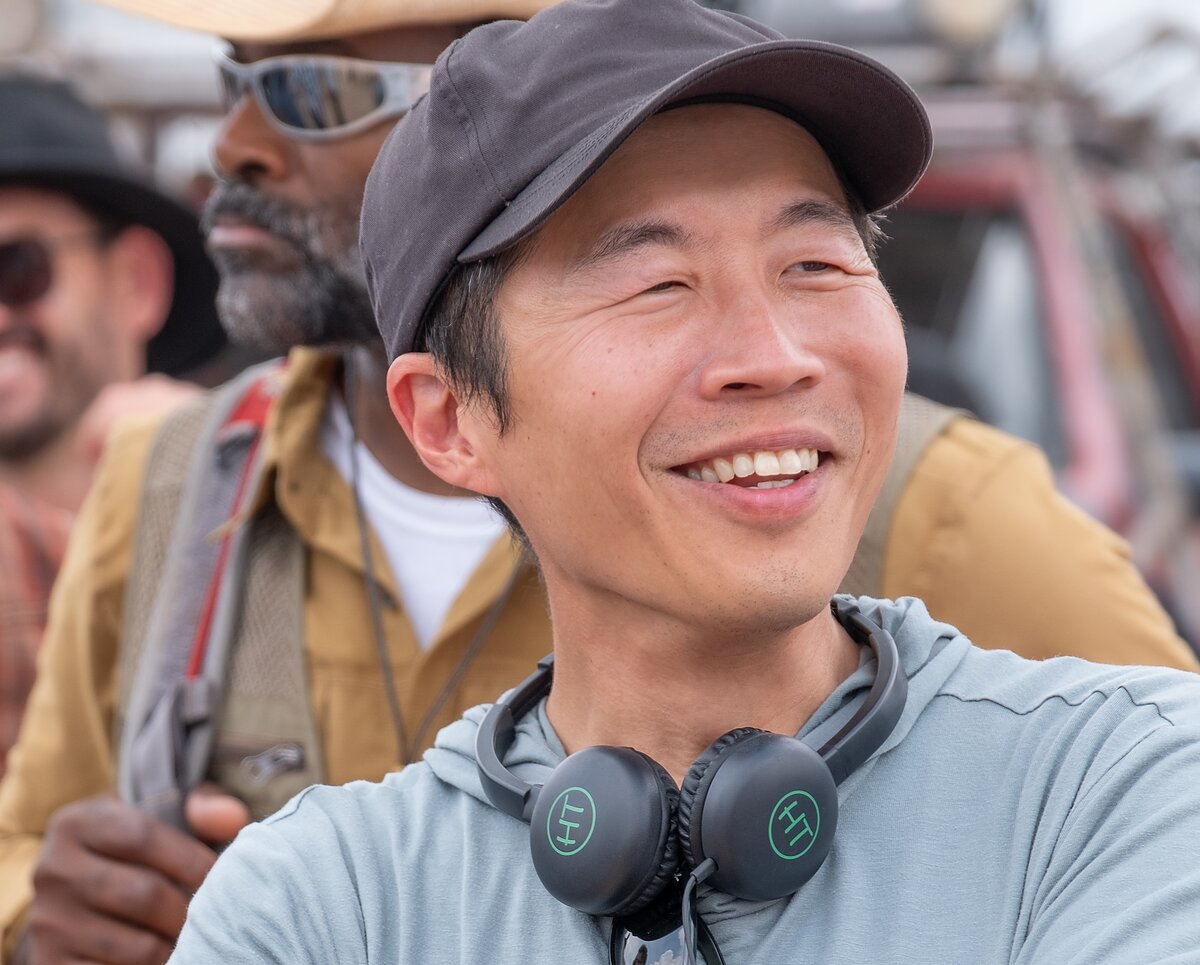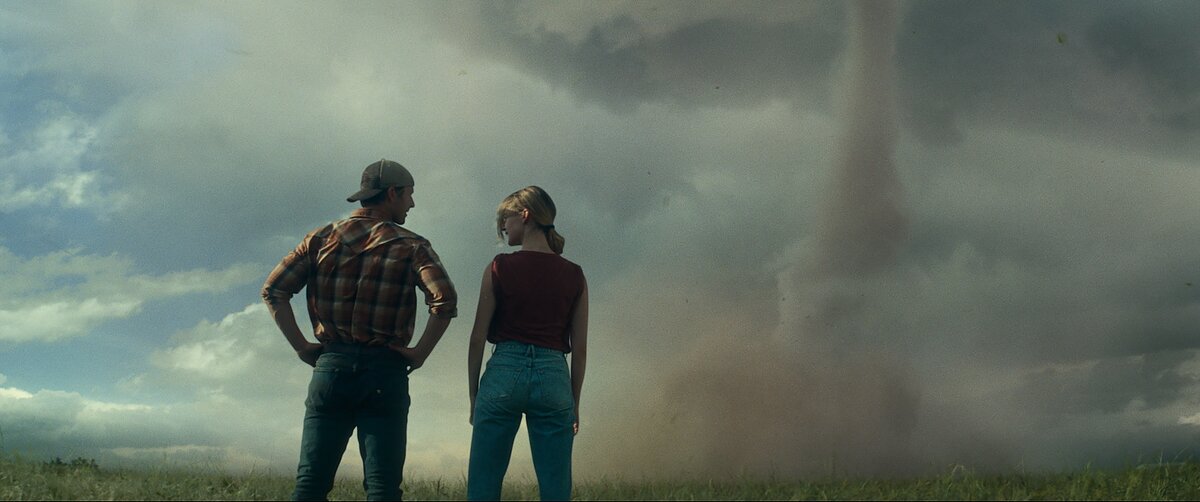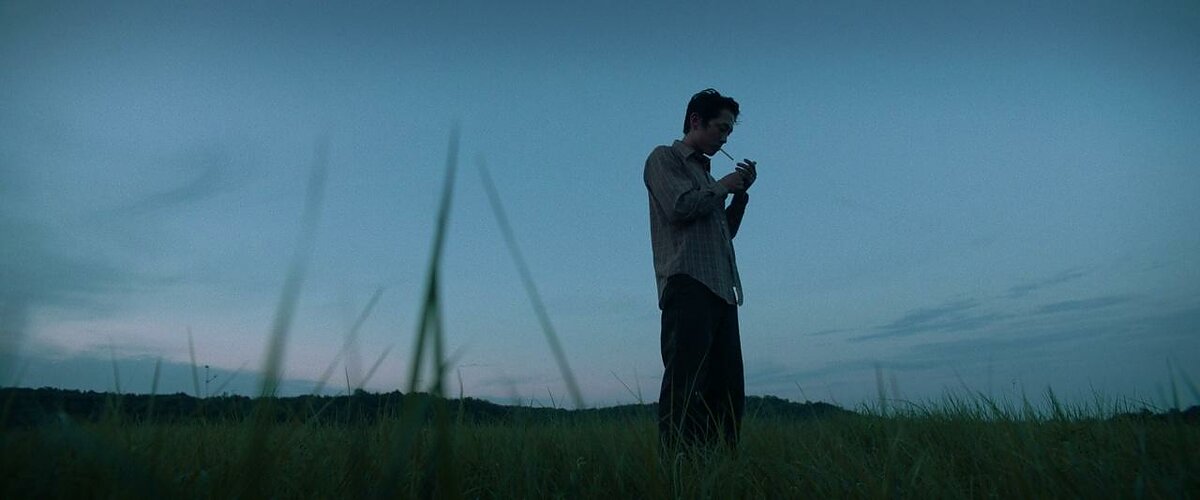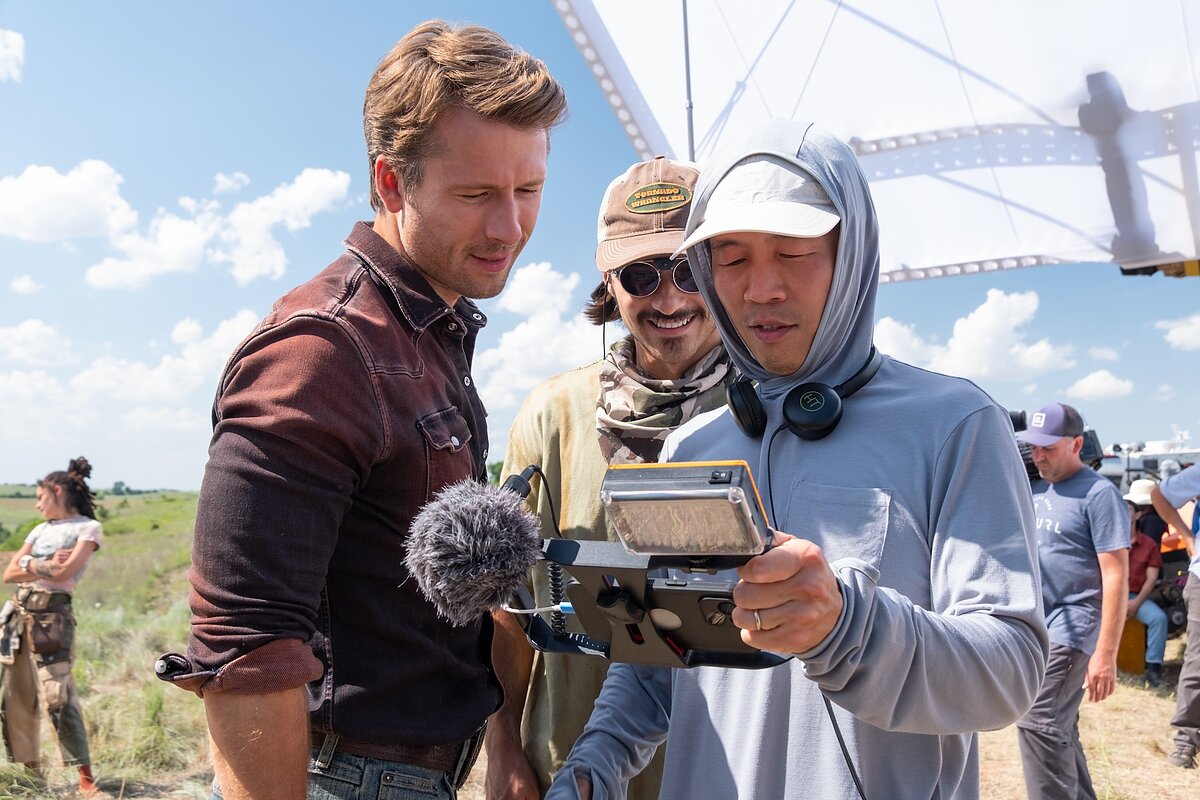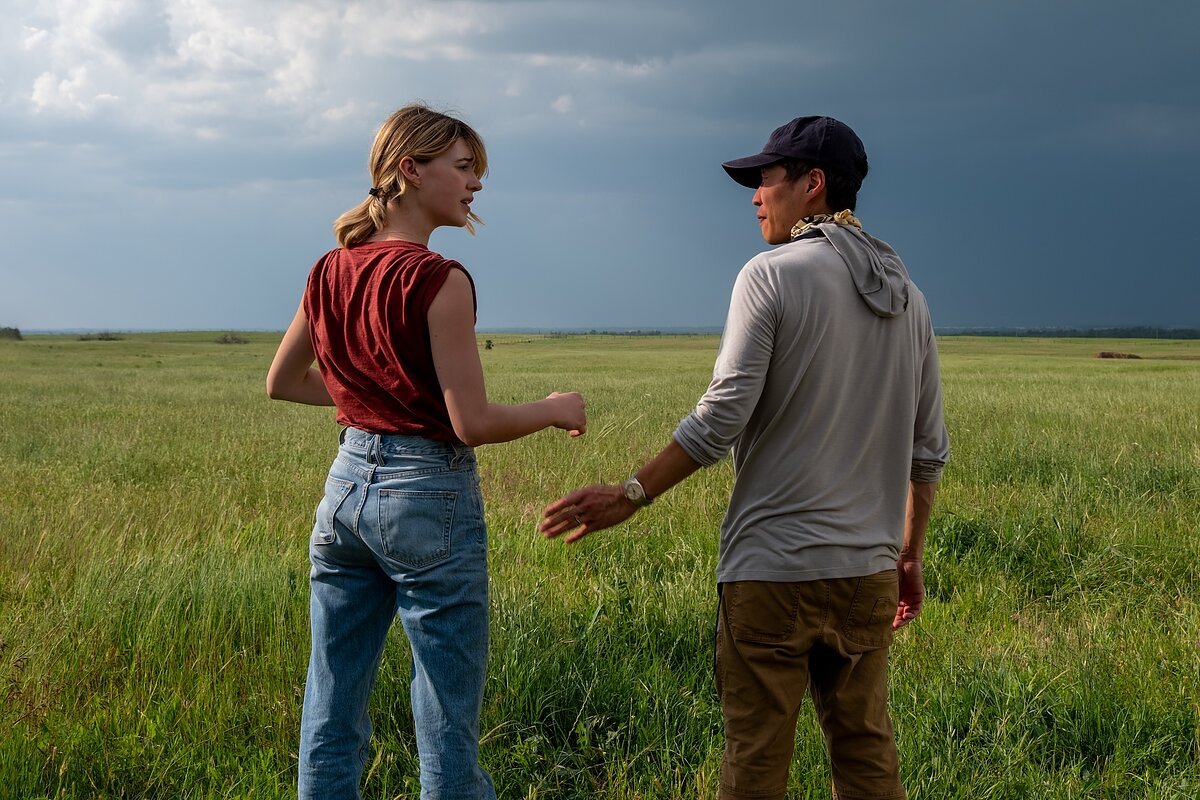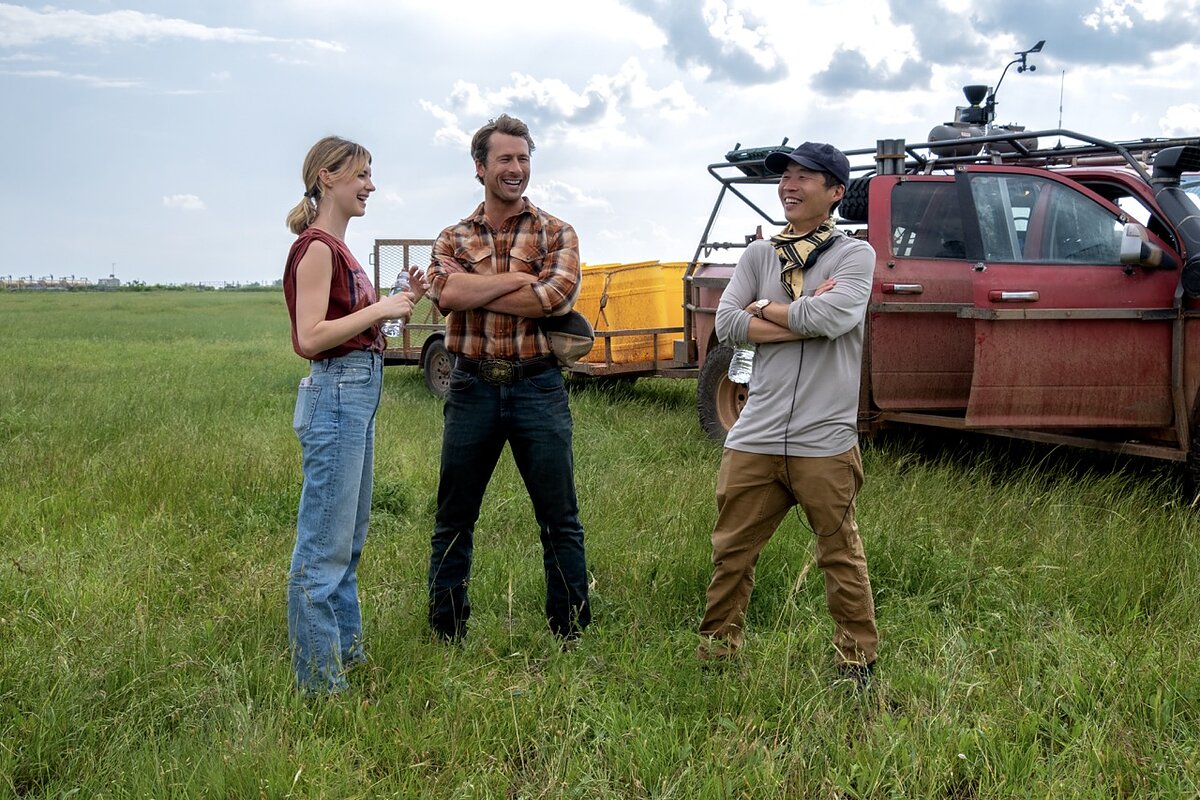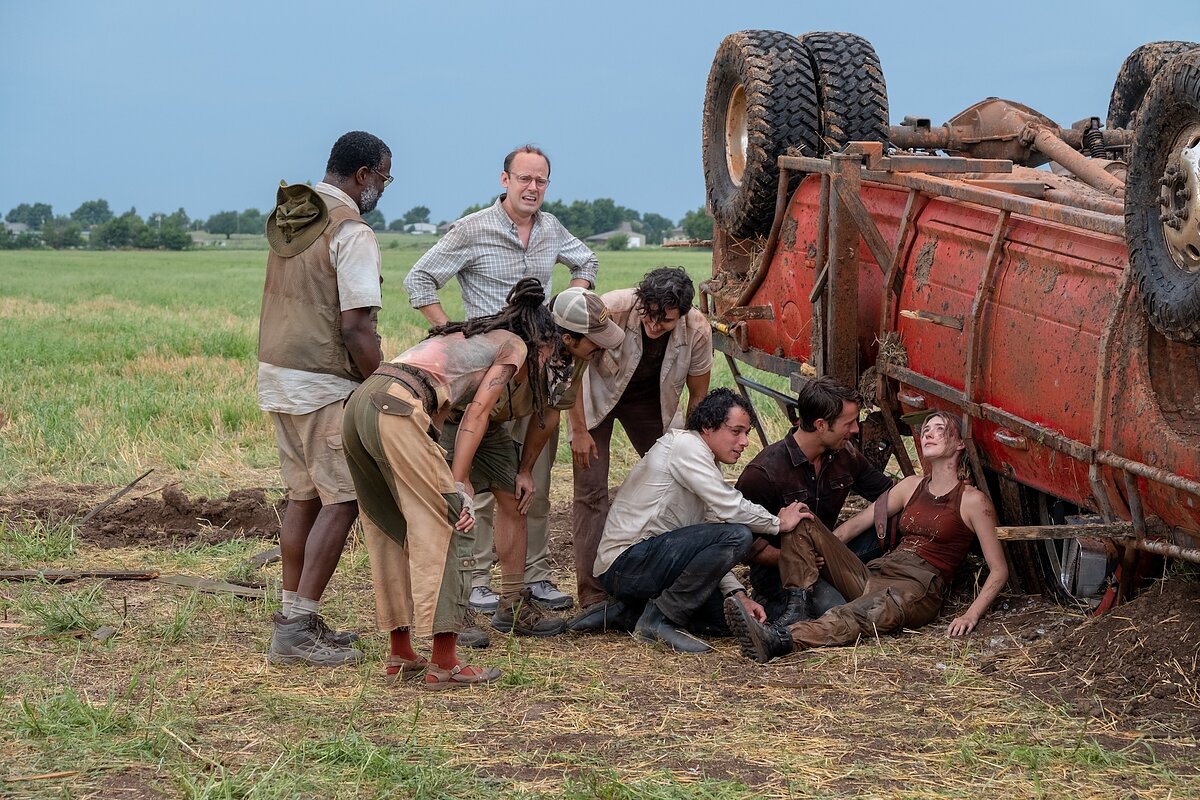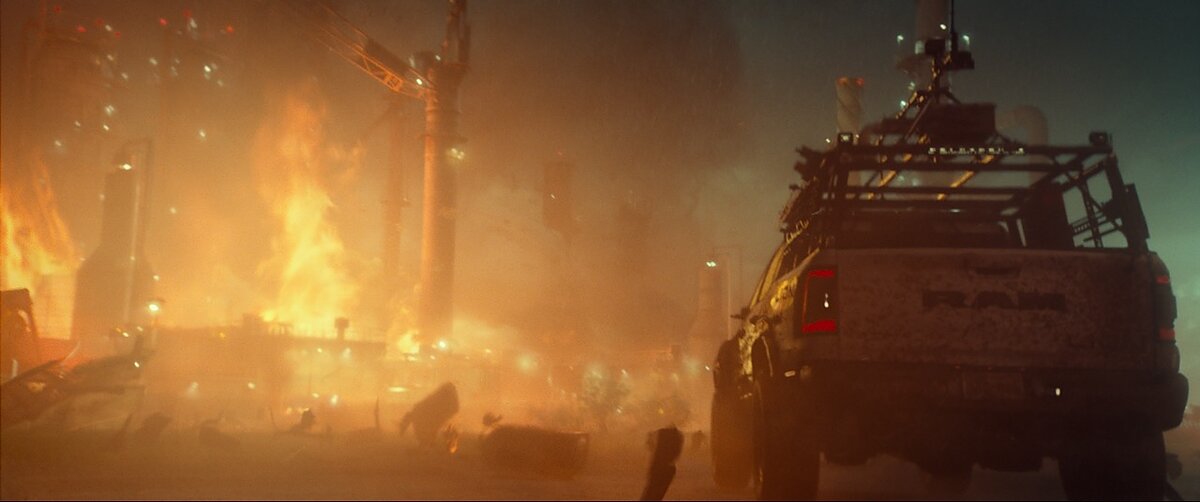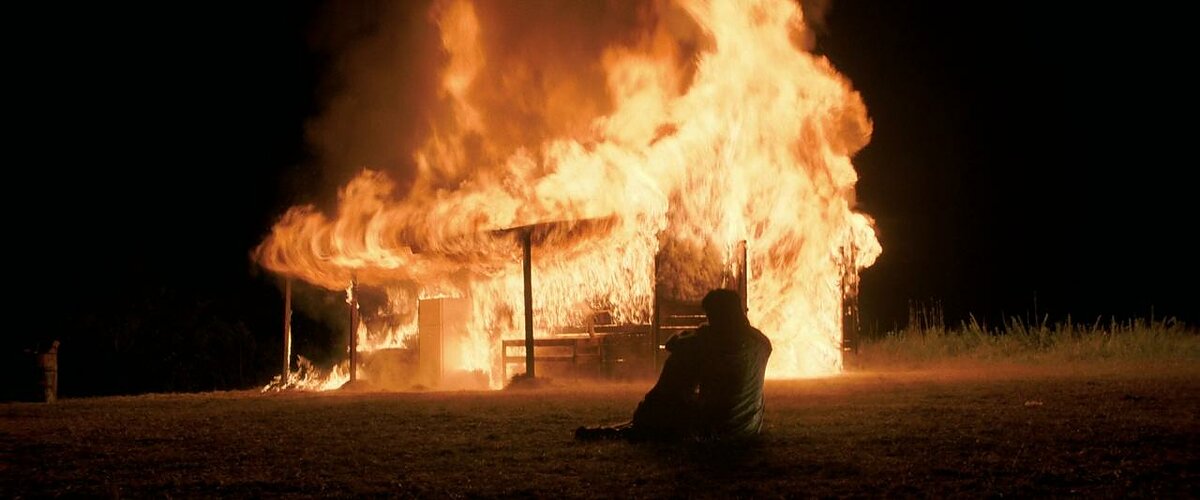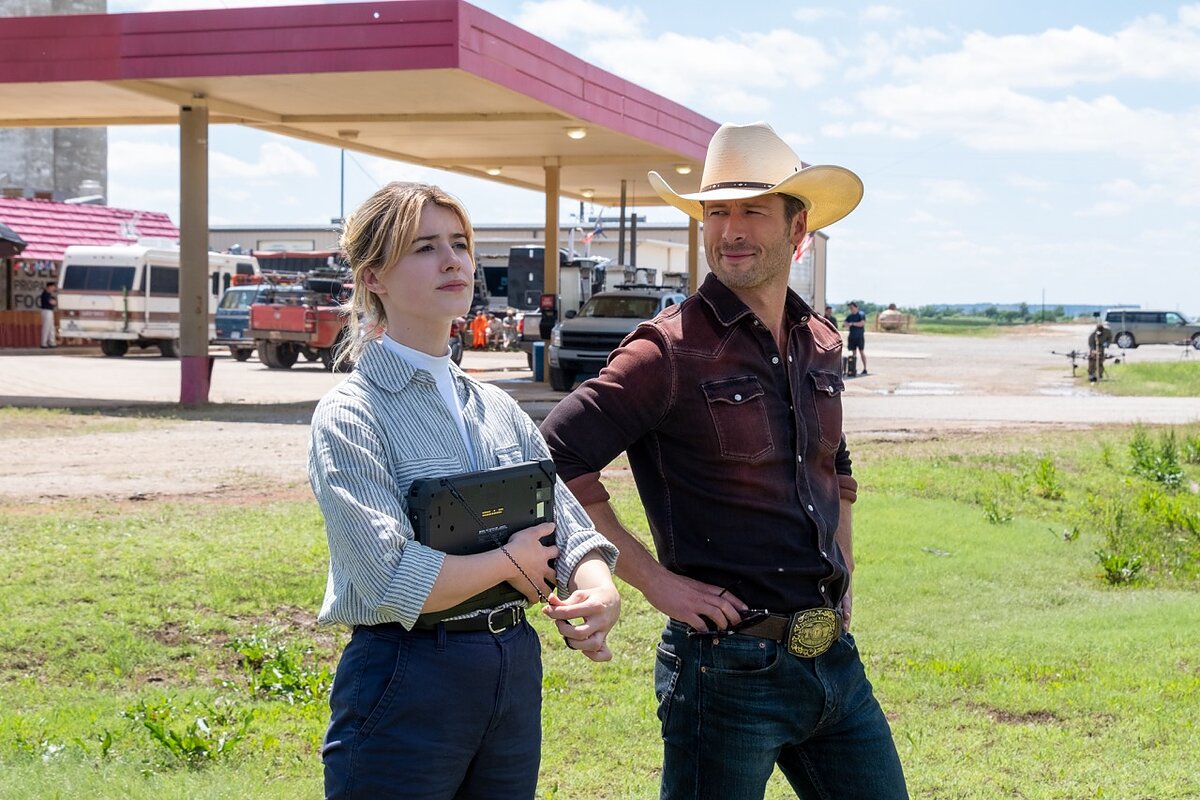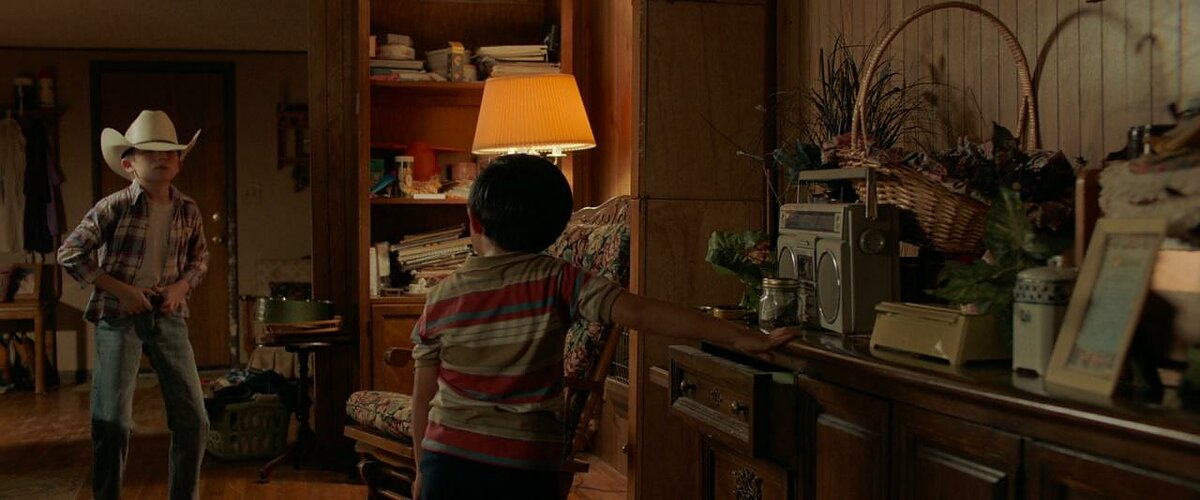Lee Isaac Chung on Capturing American Storms, Big and Small
When it was announced that Minari director Lee Isaac Chung would helm Twisters, the follow-up to the 1996 disaster film, Twister, I’ll admit I was surprised.
Twister is a high-octane film about amateur storm chasers who risk their lives trying to test an experimental weather alert system. Its sequel, which boasts even more gargantuan set pieces and an even larger scope, seems like such a departure from the meditative and personal story of Minari, which draws directly from Chung’s own life as it follows the story of a Korean American family trying to survive in rural Arkansas. Yet Chung’s approach to the franchise is just as personal in many respects.
Growing up in Arkansas, Chung is no stranger to the devastating effects of tornadoes and his film communicates the embodied fear and awe of these forces of nature. The result is a rare blockbuster film whose themes are in sync with its thrills.
Twisters focuses on Kate (Daisy Edgar-Jones), a tornado chaser and meteorologist who retires after a tornado-chasing excursion goes wrong. When her friend and former colleague, Javi (Anthony Ramos), asks her to join his team in Oklahoma so they can learn how to stop and tame the tornadoes that are devastating the communities there, she reluctantly agrees. Throughout the film, Kate and Javi’s team butts heads with Tyler Ownes (Glen Powell) and his crew of storm chasers, who have found a way to livestream their close encounters with tornadoes and spin it into a lucrative profession. They have to find ways to begrudgingly work together as multiple storms devastate the town they find themselves in.
Indeed, on the surface, the film can feel like the worst kind of escapism but Chung never lets the promised spectacle overshadow the human story at its center.
Ahead of the film’s nationwide release on July 19, Chung spoke with us about the thematic throughline between his films thus far, giving a personality to the storms, and his trepidations and hopes of unleashing Twisters in the midst of so much chaos and destruction, environmental and otherwise.
Minor spoilers for Twisters follow.
LIC:: I’m glad that comes across for you. That sentiment was definitely something the team and I were working hard on. Early on when I was researching tornadoes, I remember I read this article that in Medieval times, the mythology of dragons was tied to the power of tornadoes. People who had seen tornadoes had no way of describing what they had seen because what they witnessed was so monstrous and unexplainable. I love this idea that dragons throughout storytelling have had their own personalities and their own terrifying qualities, but they’re also things that you can absolutely revere and be in awe of.
With this film, these tornadoes were my dragons. I wanted them to have their own personality and look and for them to do something different in each scene. On the VFX side, that meant we treated them as their own characters and were very clear about the differences between them and the different functions they’d serve. The VFX team and I had a shorthand about how we’d describe each tornado and we’d often talk about them as if they had human characteristics and traits.
On the sound side, we worked with a lot of interesting sounds to help give the tornadoes their voice. Al Nelson was putting in sounds of wolves, horses, and seals into these tornadoes to fill them with this sort of howl. We didn’t want this howl to be inorganic but to really feel natural and to make a tornado feel as though it has an individual voice.
LIC: : The filming of it was unfortunately not as glamorous as what you see on-screen. I knew from the very start when I got involved with this project that that moment in the script was a key reason why I wanted to do this film. I said, “I have to film that scene.” I had this wonderful image to reference of an actual movie theater in Kentucky where a similar thing happened. A wall gave way and what you see is this empty proscenium with destruction behind it and all the movie theater seats are covered in dust. That was such a powerful image and I was working towards that in the actual production.
In the moment of production though, there are so many logistical things going on. We have fans that are running at high speed in this theater space we built. There’s this false ceiling where we have rigged stunt performers and wires. We had this giant rigging for that theater screen to rip out and that took a lot of work and force to actually rip that out. This was all in this giant, reconfigured basketball arena that was in Oklahoma City. We were able to build a giant blue screen environment. That sequence was definitely tons of movie magic and wind [Laughs].
